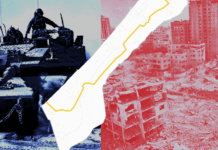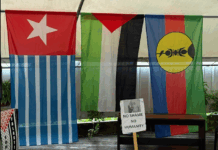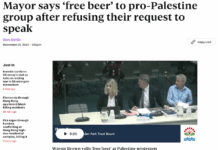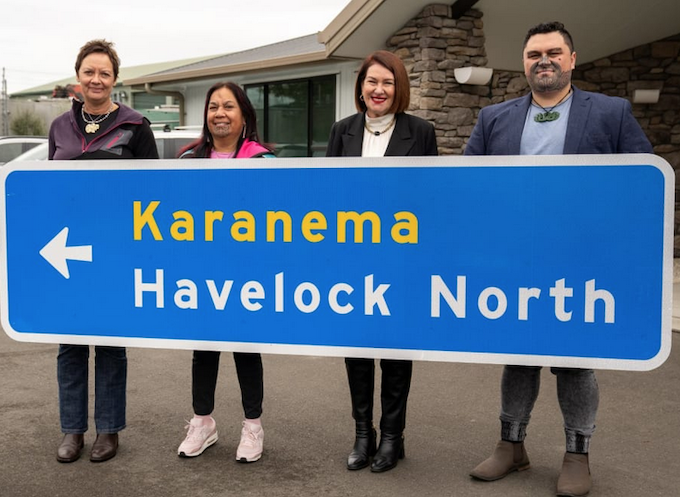
By Rayssa Almeida, RNZ News reporter
New Zealand’s Māori Party co-leader says the opposition National Party should go back to school if it thinks including te reo Māori on road signs is confusing.
In a transport meeting yesterday in Bay of Plenty, National’s spokesperson Simeon Brown said introducing the language to road signs would make them “more confusing” and they “should all be English”.
On Monday, Waka Kotahi said its He Tohu Huarahi Māori Bilingual Traffic Signs programme was going out for public consultation.
If successful, the programme would include te reo Māori in motorway and expressway signs, destination signs, public and active transport signs, walking and cycling signs, general advisory and warning signs.
Te Pāti Māori co-leader Debbie Ngarewa-Packer said having the language included on road signs will help those in the process of learning te reo.
“This is an environment where there’s more non-Māori learning reo than we ever had in the history of Aotearoa. It’s important that we embrace our nation hood, including our indigenous people and our language.”
“We spent a long time trying to make sure we don’t lose our language, so having our culture in our roads is not just about helping those who are fluent Māori speakers, but so those who are in our education system learning reo can see it reflected around our environment.”
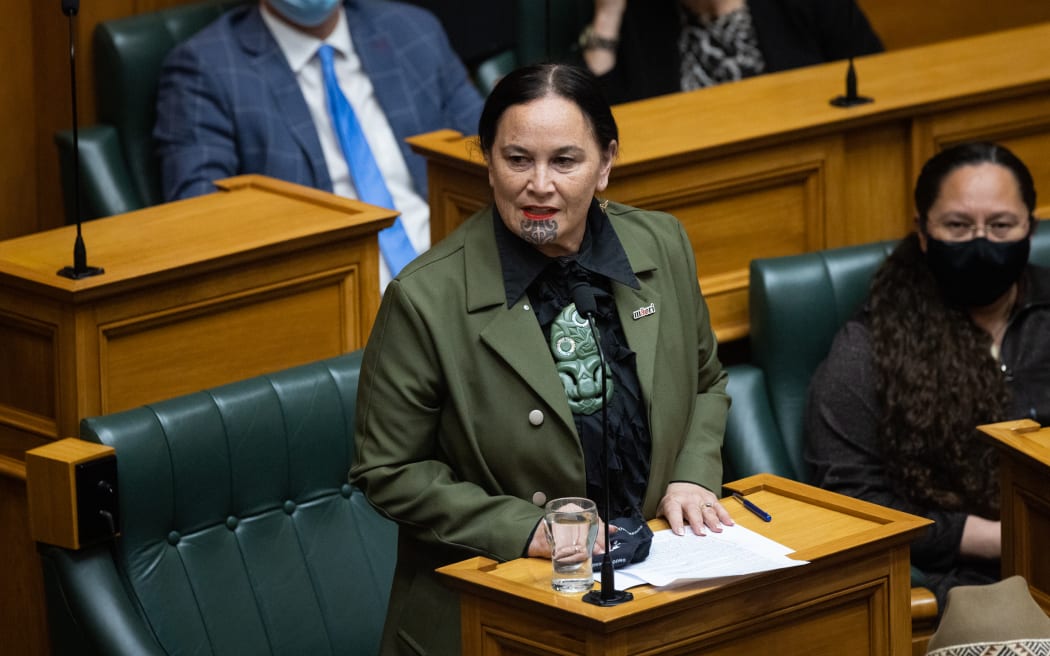
‘Make an effort’
She said Brown should go back to school if he thought te reo Māori on road signs was confusing.
“It’s never too hard to understand the official languages of Aotearoa. Whether it will be making an effort to understand te reo or sign language, for example.
“These are all a critical part of our nation and if he [Simeon Brown] needs to go back to school or take some time off Parliament to be able to understand our language so be it.”
There had been Māori traffic signs, Māori names, in this nation for a very long time, Ngarewa-Packer said.
“I’m not so sure why he [Simeon Brown] is so confused now.”
The Te Pāti Māori co-leader said Brown’s comments were separatist.
“I think it’s a real ignorant alarmist way to be politicking.”
“Twenty percent of our population is Māori. If we see a large [political] party basically trying to ignore 20 percent of this population, then can we expect them to do that to the rest of our multiculture, diversity and languages that we see coming forward in Aotearoa?”
She said most New Zealanders would enjoy seeing multilingual road signs.
“I think we are a mature and sophisticated country and generally, most of us, actually really enjoy not only seeing our indigenous language but also other languages.
“[Not having bilingual signs] It’s an attempt to take us backwards that I don’t think many are going to tolerate.”
‘They should be filling pot holes’ – National
National’s transport spokesman Simeon Brown said Waka Kotahi should be filling pot holes instead of looking into including te reo Māori in road signage around the country.
“NZTA should be focusing primarally in fixing the pot holes on our roads and they shouldn’t be distracted by changing signage up and down our country.”
“Most New Zealanders want to see our roads fixed, it’s their number one priority.”
Brown said the National Party was open to bilingual information, but only when it came to place names signage.
“When it comes to critically important safety information the signage needs to be clear and understandable for people in our road, most of whom who speak English.”
“It’s important to keep the balance right between place names, which we are very open for bilingual signage, and critical safety signs where is really important people understand what the sign is saying,” he said.
This article is republished under a community partnership agreement with RNZ.






























